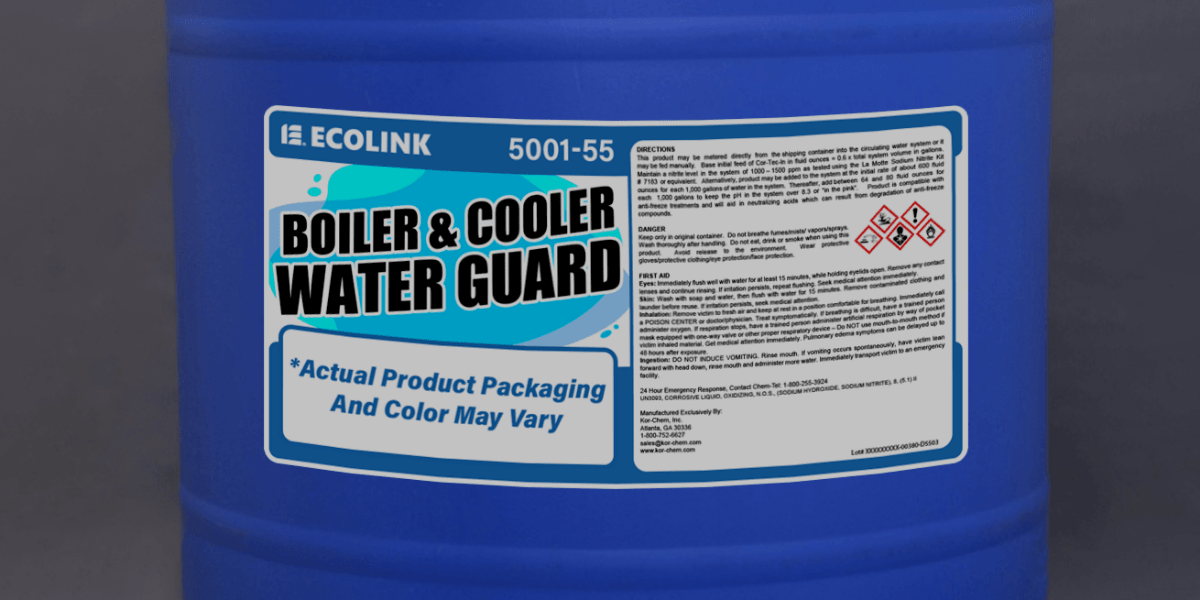Industrial systems utilize the cooling mechanism of water evaporation to remove heat from high-powered mechanical processes. Often, the water used...
Blog


CHEMICAL INDUSTRY NEWS
Chemical Chat – Discover What’s New!
Boiler Chemicals
What are boiler chemicals and how are they used? Boiler chemicals are chemicals specifically designed to aid in the treatment of water used in...
Sodium Hypochlorite Disinfectant
Click here to Shop Sodium Hypochlorite! What is sodium hypochlorite disinfectant and why is it important? Sodium hypochlorite disinfectant (bleach...
What Chemicals Are Used In Boiler Water Treatment?
What chemicals are used in boiler water treatment? There are a number of chemicals that are used in boiler water...
Boiler Chemicals
What are boiler chemicals and how are they used? Boiler chemicals are chemicals specifically designed to aid in the...
Company News

Managed Services
Discover the Latest in Safe and Sustainable Chemical Solutions
Stay informed with Ecolink’s blog! Subscribe now
Chemical Management Information
Stay updated with us
Sign Up for the Latest Updates
Stay informed about chemical supply chain disruptions and emerging innovations to keep your business at the forefront of efficiency and innovation. Uncover new ways to make your business practices more sustainable by incorporating safer products into your cleaning lineup.

























